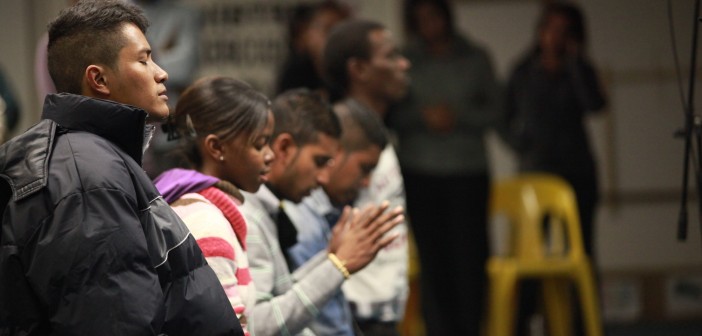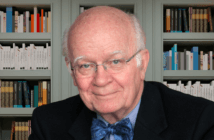According to the measuring tools used by Natural Church Development, my church — New Hope Church in Maryland — falls in the top 5 percent of all U.S. congregations for diversity. We have been able to embrace our differences without calling undue attention to our diversity. At the same time, commonality is found across a range of factors (e.g., preferred style of worship, shared vision for the church, core religious beliefs, etc.) that unite people.
Living out our diversity means taking risks. It means that the church must lead by example, and, as such, it will be held up for scrutiny. We must be willing to make bold decisions in order to do what is right despite potential opposition.
Yet sustaining our multi-ethnic presence is a critical issue as New Hope enters a new era. After residing in the same community for almost a half century, New Hope Church moved from a racially integrated community in Burtonsville, Maryland, to a homogeneous community in Fulton, Maryland, where 80 percent of the neighboring community is White. The test for New Hope now is whether we will be able to preserve our existing eclectic color mix in the mono-culture of the surrounding communities in our county.
Bridging the Cultural Gap through Worship
One of New Hope’s strategies for remaining multicultural is to bridge the gap through worship. Each week our worship and arts presentation attempts to cross over divides of culture, race, and age. New Hope continually strives to find effective ways to create a worship experience that is not “watered down” in order to win everybody. In his essay in Making Room at the Table, Donald Juel suggests that we “ … presume not only the idea of a community formed from diverse members but the actual formation of such a community through the experience of worship.” While there is no specific formula for this type of worship, successful multicultural congregatiosn find the mix that works for them. .
Modeling Diversity in Staff and Leadership
Another strategy has been to hire staff who reflect the diversity we are striving to achieve. David Anderson, author of Gracism: The Art of Inclusion and the senior pastor of Bridgeway Community Church, demonstrates this in his staffing. If you were to visit his congregation in Columbia, Maryland, you would witness the wide range of ethnic diversity not only in his congregation but also in the paid staff. Hiring staff who represent the diversity of God’s family demonstrates to the congregation and the community what you really value.
If your church isn’t large enough to hire multiple staff, it is imperative to have people of different ethnic backgrounds serving in leadership positions. My first associate pastoral position was in a three-thousand-member congregation. This congregation boasted of its racial diversity. And it was true; the ethnic makeup of the congregation was beautiful. Every hue, language, and culture was represented in the pews. However, upon a closer look, the lay leadership of the congregation was monocultural. Every month during the church board meeting, it was evident where the power lay: within a small segment of Eurocentric members. The lack of diversity within the lay leadership of the congregation prevented a full expression of the church’s vision.
A Prophetic Voice
While many churches in America are hoping to become multicultural, New Hope is also trying to do so while remaining relevant. But living out our diversity means taking risks. It means that the church must lead by example, and, as such, it will be held up for scrutiny. It means that we must be willing for others to judge us, disagree with us, and challenge our decisions. We must be willing to make bold decisions in order to do what is right despite potential opposition.
As Howard County slowly “darkens” with first and second-generation immigrants, we believe our congregation can serve as a prophetic voice to the entire community. Its multicultural makeup can serve as a model for the community, highlighting integration and leadership strategies for embracing and benefiting from diversity.
The racial divide in America has created an enormous rift in Christian fellowship. Racism is so widely accepted within our churches that we cannot see the sin that exists in segregated worship. But if the church is about love and acceptance, how can we reflect this through our worship and lifestyles? As you look into your congregation, who is missing from your pews? What are the steps you can begin taking to serve as a prophetic voice in your community?
This article is adapted from Rajkumar’s book Branded Faith: Contextualizing the Gospel in a Post-Christian Era (Wipf & Stock, 2010) available for purchase through Amazon.com. Follow him at Twitter.com/kumardixit or at rajkumardixit.com.






